Using coaxial jumper connection cables in telecommunications and networking applications offers several key considerations and advantages. These cables, also known as coaxial patch cables or jumpers, play a crucial role in establishing reliable connections between various components in a network infrastructure. In this response, we will explore the important factors to consider and the benefits of using coaxial jumper connection cables.
Cable Construction:
Coaxial jumper cables consist of several layers that contribute to their performance and durability. The key components include:
a. Inner Conductor: A solid or stranded copper or copper-clad steel wire that carries the electrical signal.
b. Dielectric Insulation: Surrounds the inner conductor, providing electrical insulation and minimizing signal loss.
c. Shielding: Typically, coaxial cables have multiple layers of shielding, including a metallic foil, a braided wire mesh, or a combination of both. The shielding protects against electromagnetic interference (EMI) and ensures signal integrity.
d. Outer Jacket: A protective layer that shields the cable from physical damage, moisture, and environmental factors.
Impedance Matching:
Coaxial jumper cables are designed to maintain a consistent impedance throughout their length. Impedance matching is crucial for minimizing signal reflections and ensuring optimal signal transmission. The most common impedance values for coaxial cables used in telecommunications and networking applications are 50 Ohms and 75 Ohms.
Connector Types:
Coaxial jumper cables are available with different connector types at each end, depending on the specific application and equipment requirements. Common connector types include:
a. BNC (Bayonet Neill-Concelman): Widely used in video and RF applications.
b. SMA (SubMiniature version A): Commonly used in wireless communications and microwave applications.
c. N-Type: Suitable for applications requiring high power and low signal loss, such as Wi-Fi, cellular networks, and RF communications.
d. F-Type: Primarily used for cable television (CATV) and satellite TV connections.
e. RCA (Radio Corporation of America): Often used for audio and video connections in consumer electronics.
Signal Transmission:
Coaxial jumper cables provide excellent signal transmission characteristics, making them suitable for a wide range of applications. The key advantages in signal transmission include:
a. Low Signal Loss: Coaxial cables offer low attenuation, allowing signals to be transmitted over longer distances without significant degradation.
b. Wide Frequency Range: Coaxial cables support a broad frequency spectrum, making them suitable for various applications, including high-speed data transfer, video signals, and RF communications.
c. High Bandwidth: Coaxial cables can handle high bandwidth signals, enabling the transmission of large amounts of data at high speeds.
EMI Protection:
The shielding provided by coaxial jumper cables offers effective protection against electromagnetic interference. This is particularly important in telecommunications and networking applications where multiple devices and cables coexist in close proximity. The shielding prevents external interference from degrading the signal quality and ensures reliable and uninterrupted data transmission.
Flexibility and Ease of Installation:
Coaxial jumper cables are highly flexible, allowing for easy installation in complex network configurations. Their flexibility enables smooth cable routing, even in tight spaces or around obstacles. Additionally, their plug-and-play nature makes them simple to connect and disconnect, facilitating quick installation and troubleshooting.
Compatibility:
Coaxial jumper cables are compatible with a wide range of devices, connectors, and interfaces. They can be used with routers, switches, modems, antennas, signal boosters, and other network components. The availability of various connector types ensures compatibility with different equipment and systems, making coaxial jumper cables versatile and widely applicable.
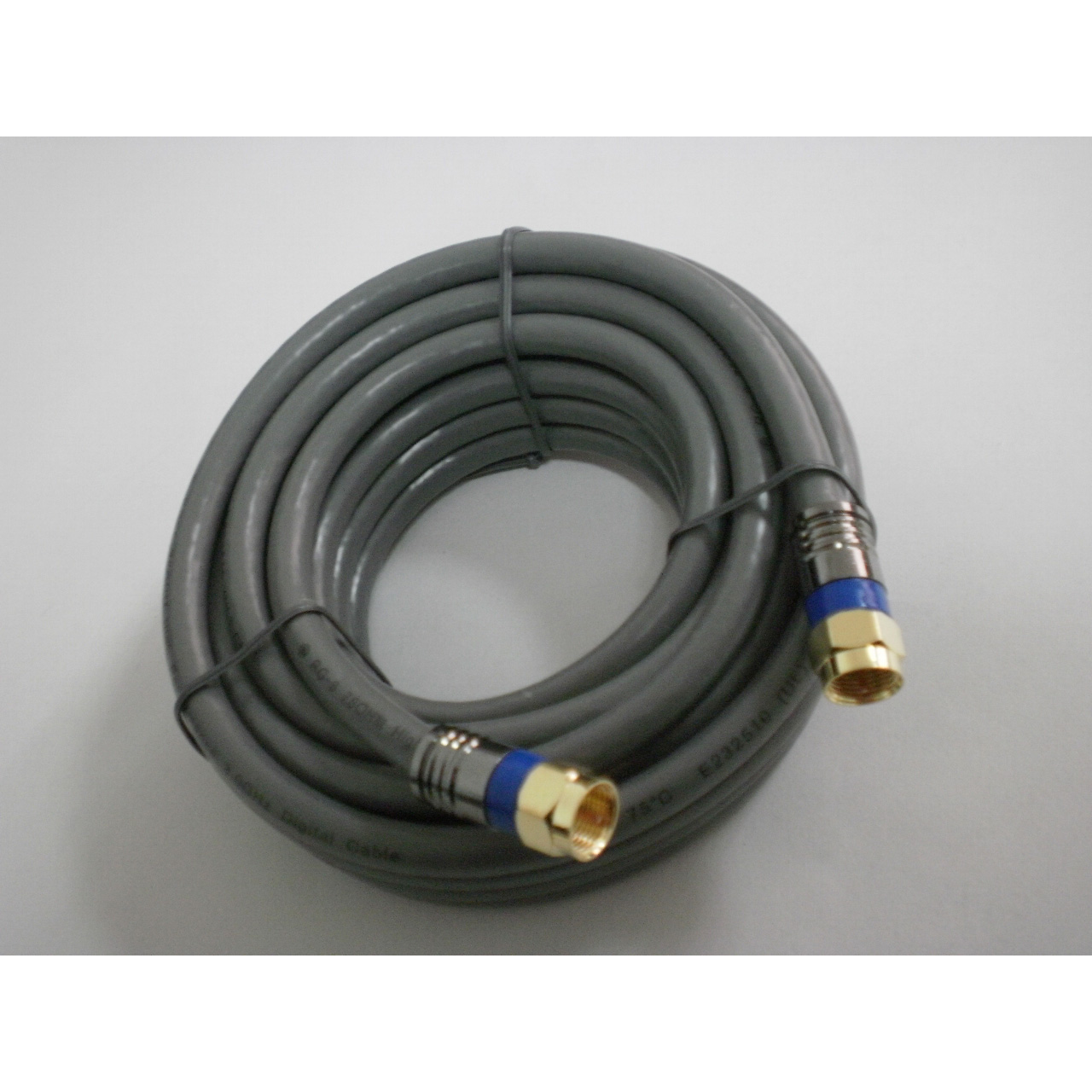

Reliability and Durability:
Coaxial jumper cables are designed to withstand demandingtelecommunications and networking environments. They are built to be robust and durable, with features that contribute to their reliability, such as:
a. Moisture Resistance: The outer jacket of coaxial cables is typically made of materials that provide protection against moisture and environmental factors. This helps prevent corrosion and ensures reliable performance, even in challenging conditions.
b. Mechanical Strength: Coaxial cables are constructed to withstand bending, twisting, and pulling forces. This mechanical strength ensures that the cables can withstand the rigors of installation, handling, and regular use without compromising signal integrity.
c. Temperature Resistance: Coaxial jumper cables are designed to operate within a wide temperature range, allowing them to function optimally in varying environmental conditions.
Versatility:
Coaxial jumper cables find applications in a diverse range of industries and settings. Some common use cases include:
a. Telecommunications: Coaxial cables are widely used for transmitting high-frequency signals in telecommunication networks, including voice, data, and video transmission.
b. Broadcasting and Entertainment: Coaxial cables are used in broadcasting systems, cable TV networks, satellite communications, and audio/video equipment connections.
c. Wireless Networks: Coaxial cables are employed in wireless network infrastructures for connecting antennas, access points, and base stations.
d. Test and Measurement: Coaxial jumper cables are essential for accurate signal measurement, testing, and calibration in laboratory and engineering environments.
In conclusion, the key considerations and advantages of using coaxial jumper connection cables in telecommunications and networking applications include their cable construction, impedance matching, connector types, reliable signal transmission, EMI protection, flexibility, compatibility, reliability, and versatility. By choosing high-quality coaxial jumper cables that meet the specific requirements of the network infrastructure, users can ensure reliable and efficient data transmission, minimize signal loss, and maintain the integrity of their telecommunications and networking systems.
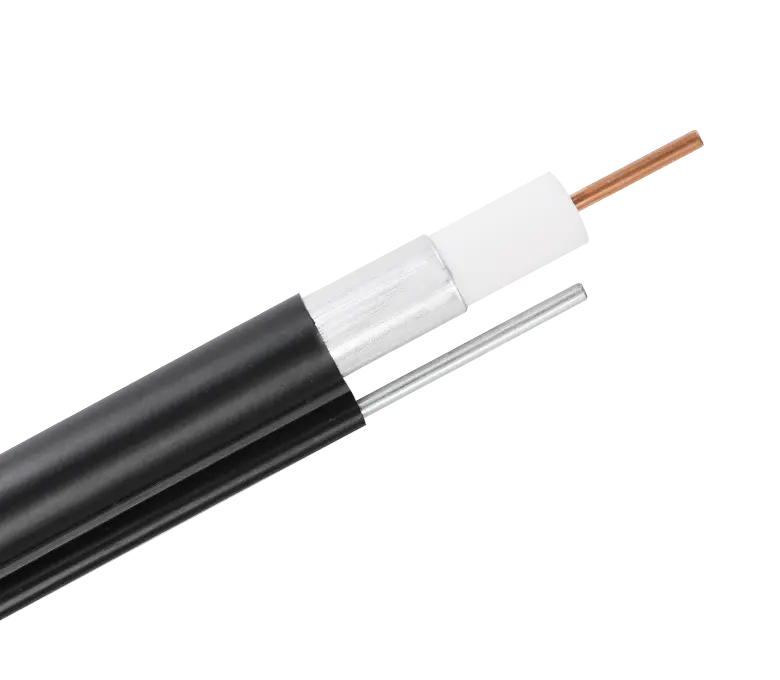
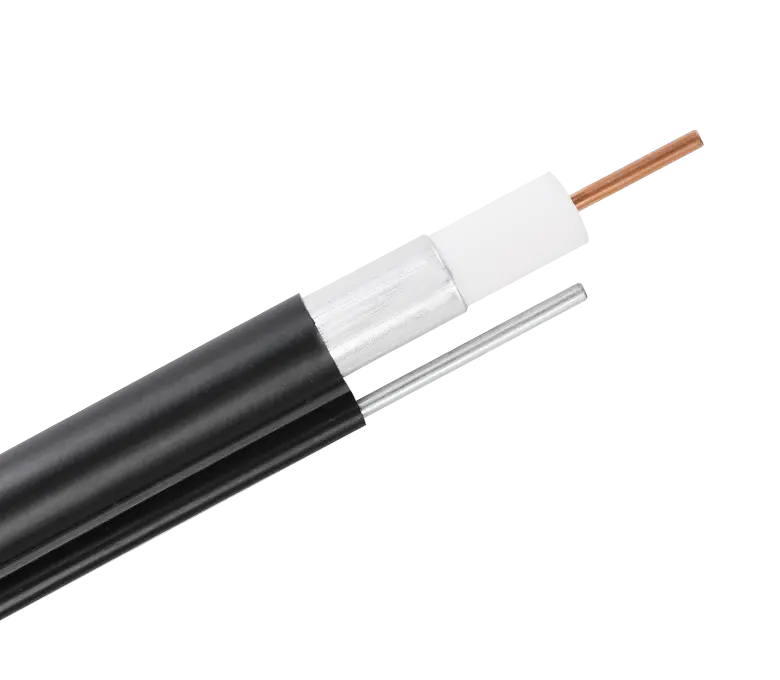
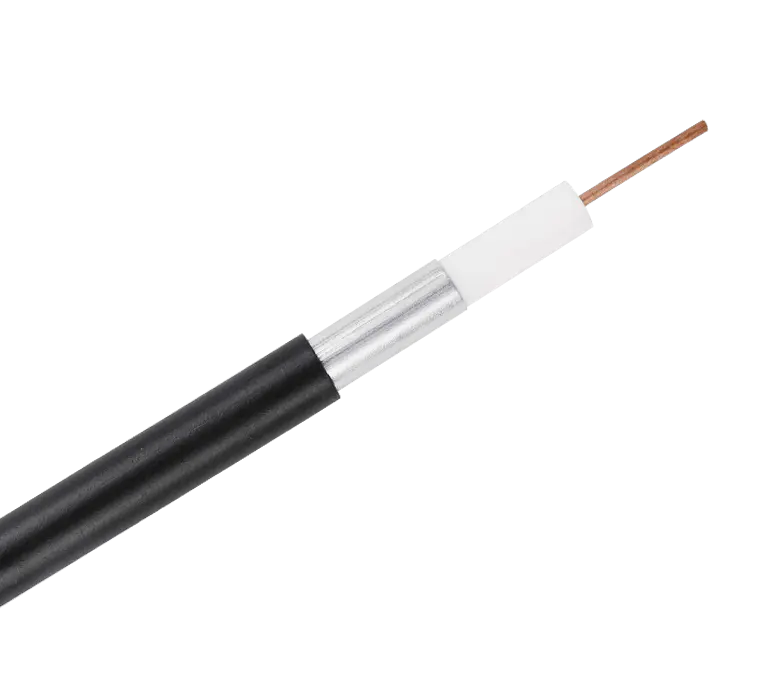
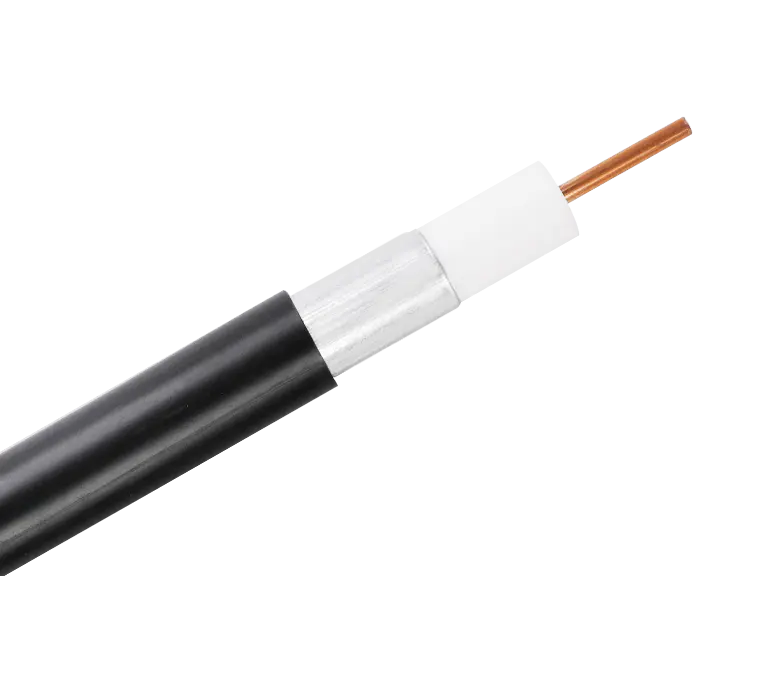
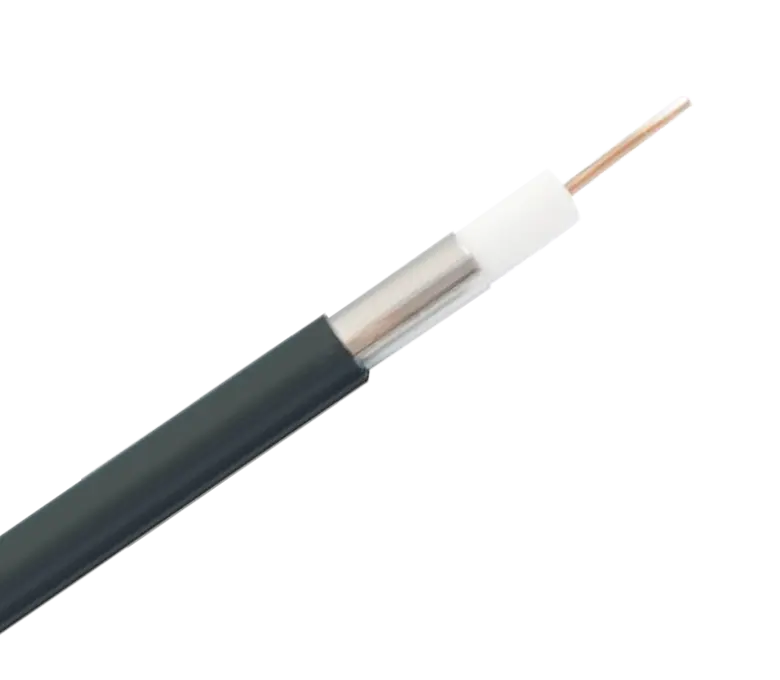
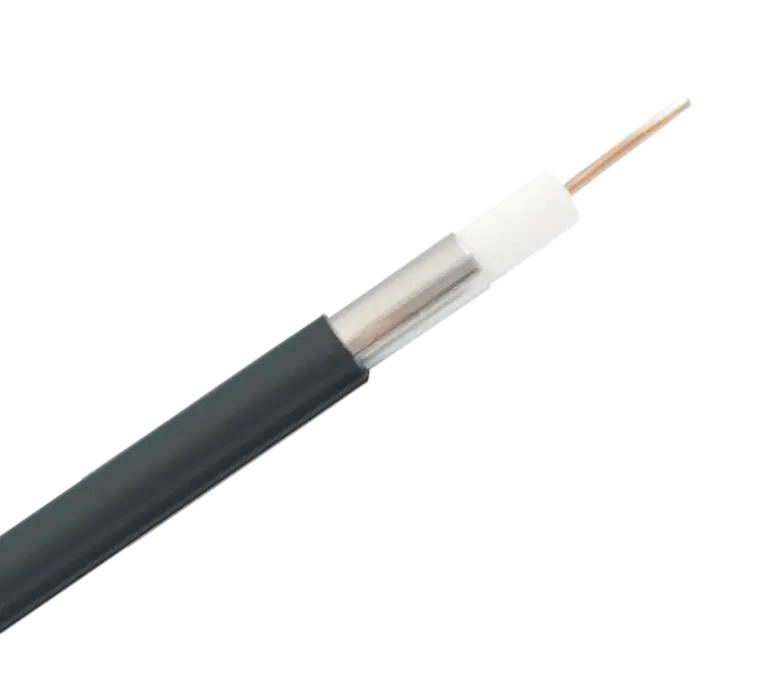
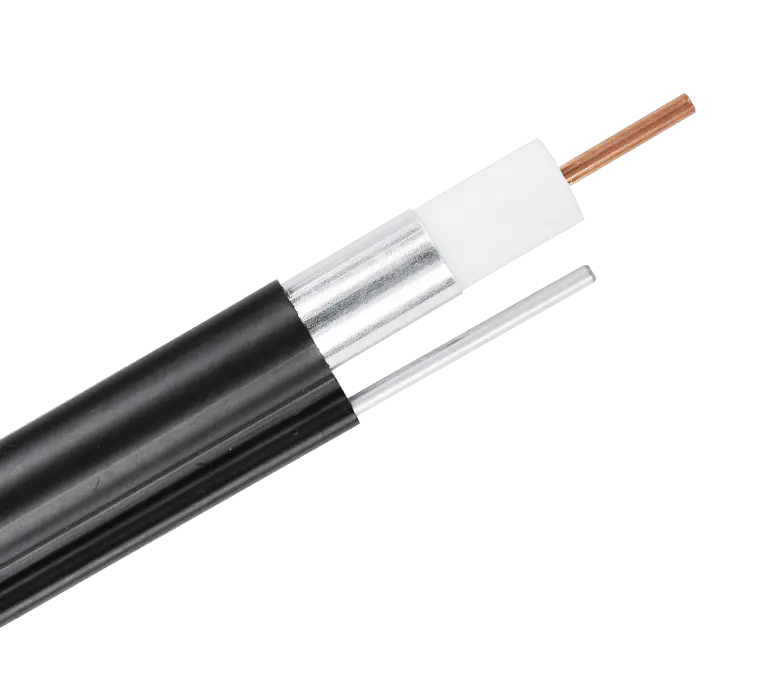
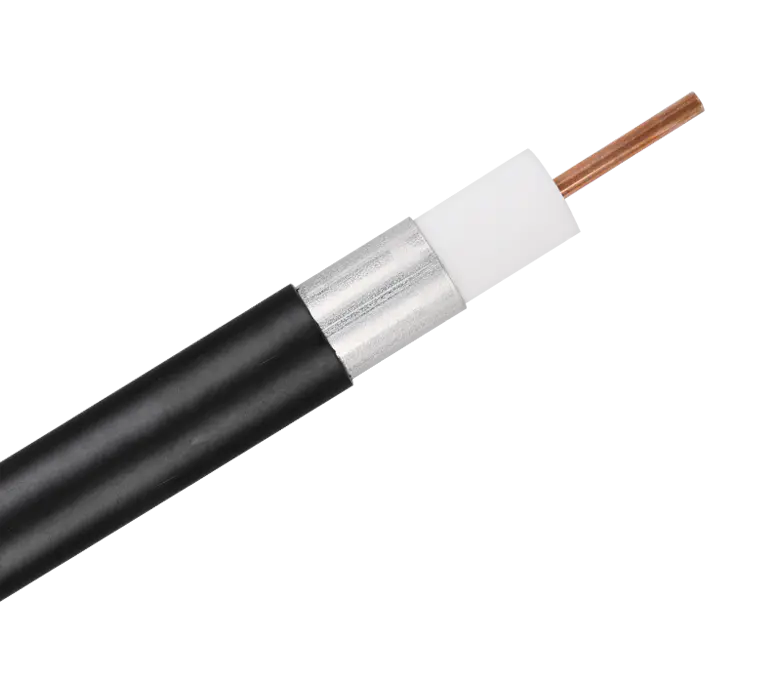
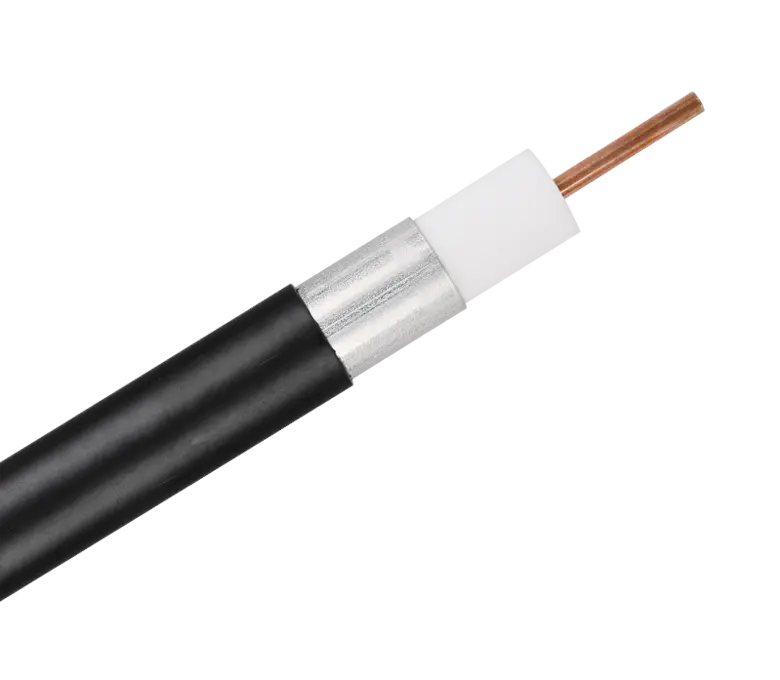
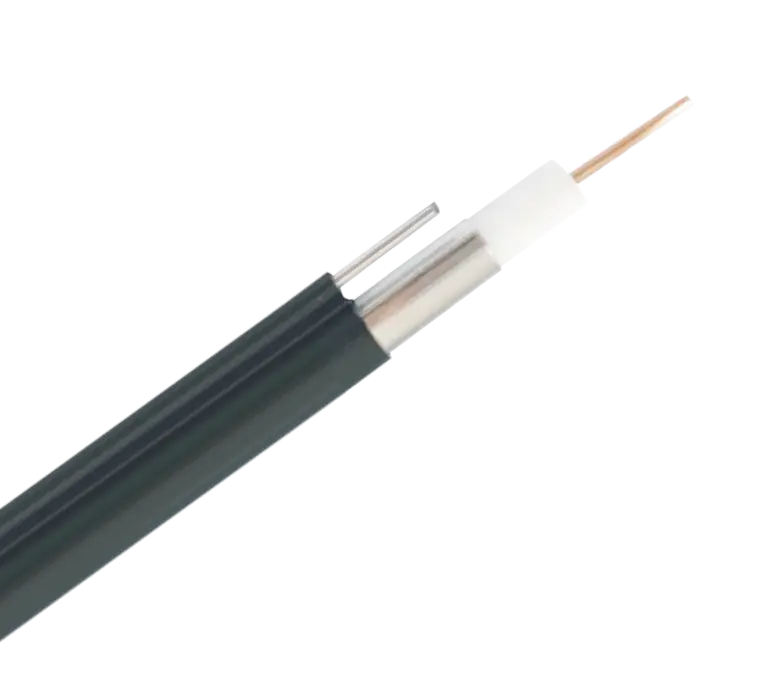
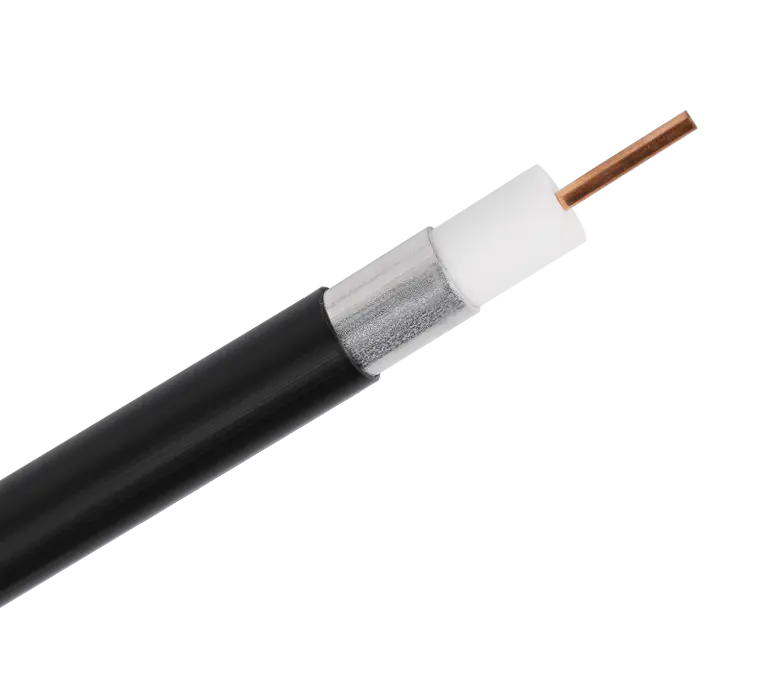
 浙公网安备33018502001191号
浙公网安备33018502001191号